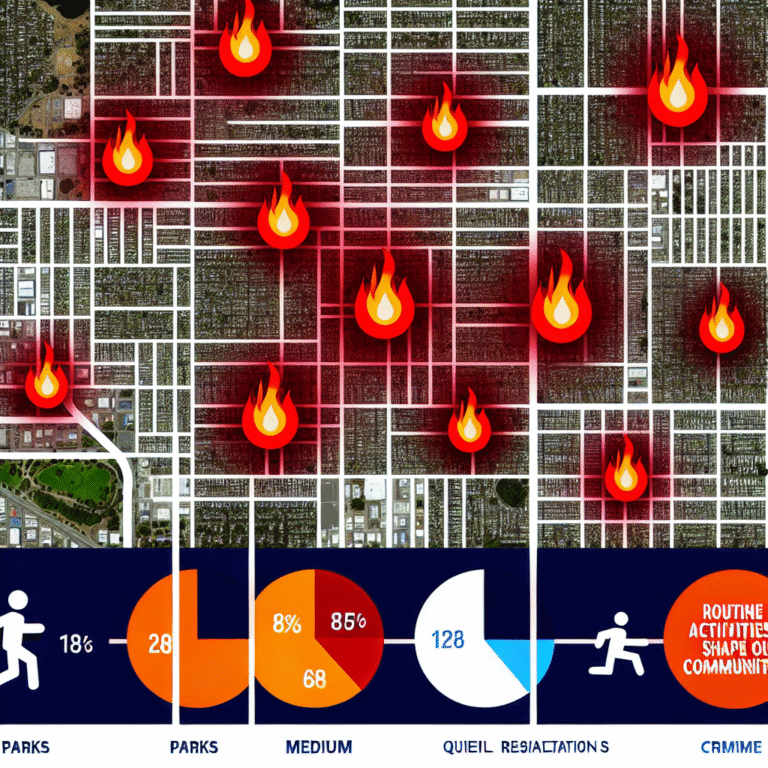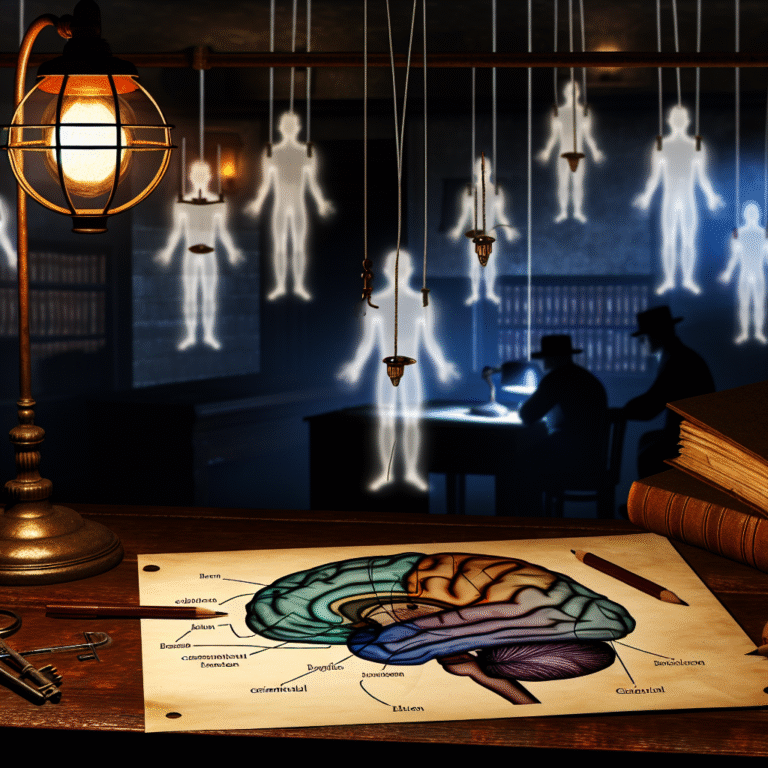
Introduction
In an ever-changing world, the phenomenon of youth and crime has taken center stage in societal discussions. With rising headlines of juvenile delinquency, it becomes increasingly essential to scrutinize the roots of this troubling issue. What drives young individuals towards criminal behavior, and how can we change this narrative for future generations? This article sheds light on the complexities surrounding youth crime, delving deep into various sociocultural, economic, and psychological factors that contribute to juvenile delinquency.
Understanding Juvenile Delinquency
Defining Juvenile Delinquency
Juvenile delinquency refers to criminal activities conducted by minors—typically individuals aged 10 to 17. These acts can range from status offenses, such as underage drinking, to serious crimes like robbery or assault. As we explore the interdependence of youth and crime, it’s crucial to define what constitutes delinquency and recognize that not all young offenders become adult criminals.
Youth Crime Statistics
In recent years, crime statistics have provided alarming evidence of increasing juvenile delinquency. According to data from the FBI’s Uniform Crime Reporting (UCR) Program, the arrest rate for juveniles has been fluctuating but remains significant. Understanding these numbers not only highlights the urgent need for intervention but also the importance of strategic efforts to reduce these trends.
| Year | Juvenile Arrests (Total) | Violent Crime | Property Crime |
|---|---|---|---|
| 2018 | 728,000 | 120,000 | 270,000 |
| 2019 | 695,000 | 115,000 | 260,000 |
| 2020 | 700,000 | 130,000 | 250,000 |
Factors Contributing to Juvenile Delinquency
Understanding youth and crime necessitates examining the multifaceted factors that lead to juvenile delinquency. Below, we dissect the most impactful elements.
1. Sociocultural Factors
Family Environment
The family plays an instrumental role in shaping a young person’s values and behavior. A nurturing and supportive environment often acts as a buffer against delinquency. Conversely, families marked by dysfunction—such as domestic violence, substance abuse, or neglect—can push youth towards crime.
Case Study: The Martinez Family
In a 2021 study of families involved in juvenile delinquency cases, the Martinez family exemplified how ineffective parenting can lead to crime. Their eldest son, Juan, became involved in petty theft at age 15. Following a thorough investigation, it was revealed that the family structure lacked emotional support, driving Juan toward delinquent peers.
2. Economic Factors
Poverty
Economic hardship can lead to increased levels of frustration and desperation among youth, often acting as a catalyst for crime. The theory of relative deprivation explains that when young individuals witness wealth disparities, they may resort to theft or violence as a means of coping.
Table: Economic Disparities and Crime Rates
| Income Level | Percentage of Youth Arrests |
|---|---|
| Below Poverty Line | 45% |
| Lower Middle Class | 30% |
| Middle Class | 15% |
| Upper Class | 5% |
Unemployment
The lack of job opportunities is another pressing issue. Unemployed youth may feel marginalized and unvalued, pushing them toward illegal activities as a form of validation or survival.
3. Psychological Factors
Mental Health
Mental health issues are prevalent among young offenders. Conditions such as anxiety and depression can heavily influence behavior and decision-making processes.
Case Study: The Effects of Undiagnosed ADHD
In a longitudinal study, a group of youths with undiagnosed Attention-Deficit/Hyperactivity Disorder (ADHD) were found to have higher rates of delinquency due to impulsivity and lack of self-control. Timely diagnosis and intervention could help mitigate these risks significantly.
4. Peer Influence
Social Circles
The influence of peers can be one of the strongest determinants of youth behavior. Young individuals often seek acceptance and affirmation from their social circles, and associations with delinquent peers can lead to increased likelihood of committing crimes.
Analysis of Peer Influence
The concept of "peer pressure" plays a significant role in initiating delinquent behavior. When youth engage in crime with friends, it creates a false sense of normalcy, magnifying feelings of camaraderie while undermining moral standards.
5. Educational Environment
School Climate
Schools serve not only as educational institutions but also as social environments where youth learn norms and behaviors. A negative school atmosphere, characterized by bullying or lack of support, can drive students to seek validation outside formal education.
Case Study: The Impact of School Programs
A review of various school programs indicates that initiatives focusing on mentorship and socio-emotional skills greatly reduce instances of delinquency. Schools that foster inclusivity and support for at-risk students yield notably lower rates of crime.
Community Interventions
The Role of Effective Community Programs
Communities play a pivotal role in shaping the outcomes of youth. Various interventions have proven effective in deterring juvenile delinquency, tackling root causes, and providing constructive alternatives.
1. After-School Programs
Educational and recreational activities available after school can provide safe environments for youths, steering them away from negative influences. Evidence indicates that participants in structured after-school programs exhibit lower rates of delinquency.
2. Mentoring Initiatives
Mentorship programs connecting youths with positive role models help offer guidance and encouragement. Studies show that mentored youths have improved school performance and lower rates of engaging in crime.
3. Family Support Services
Support services aimed at enhancing family stability can directly reduce juvenile delinquency. Programs that focus on parental training and emotional support have shown promising results.
Conclusion
As we dive into the intricate topic of youth and crime, it is evident that multiple factors contribute to juvenile delinquency. Socioeconomic circumstances, psychological health, peer influences, and educational environments play critical roles in shaping youth behavior.
It is essential for communities, policymakers, and families to collaborate and implement effective interventions. By addressing these factors head-on, we can create a constructive environment for youth—steering them towards positive growth rather than delinquent paths.
Our collective responsibility is to empower the youth of today to become citizens of tomorrow, fostering resilience, understanding, and a positive social framework.
FAQs Section
1. What is juvenile delinquency?
Juvenile delinquency refers to criminal acts committed by minors. These can range from status offenses to serious crimes and highlight the need for intervention and support.
2. What are the most common causes of juvenile delinquency?
The most common causes include sociocultural factors like family structure, economic instability, psychological issues, peer influence, and educational environment.
3. How can communities reduce juvenile crime?
Communities can reduce juvenile crime through effective after-school programs, mentorship initiatives, and family support services that foster positive environments.
4. Are all youths involved in crime likely to become adult criminals?
Not all youths involved in crime will become adult criminals. Factors like intervention, support, and positive social influences can redirect their path.
5. How can parents prevent their children from engaging in delinquency?
Parents can prevent delinquency by fostering open lines of communication, being actively engaged in their children’s lives, monitoring their social influences, and providing a supportive home environment.
The intricacies of youth and crime are daunting, but through cooperative efforts, we can foster a brighter future for the upcoming generation. Let’s empower today’s youth to make informed and positive choices, steering clear of the pitfalls of delinquency.















